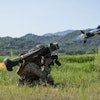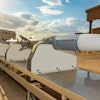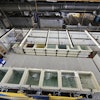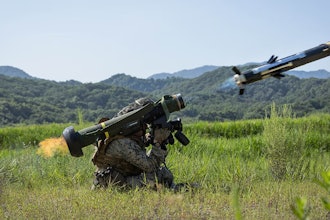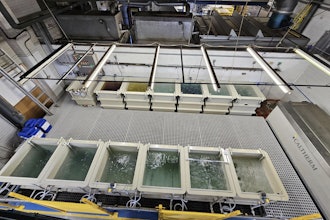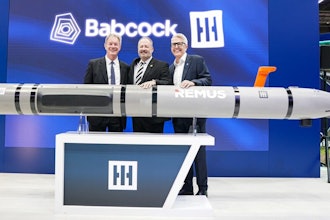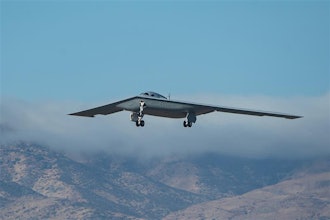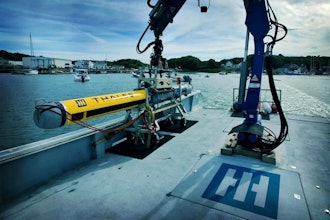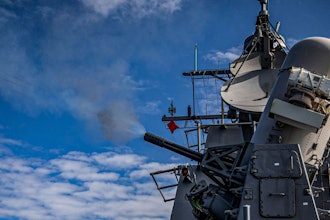Researchers from North Carolina State have created a new armor out of composite metal foam (CMF).
During tests, the researchers fired a .50-caliber, armor-piercing round 514 meters per second at the foam. It bounced off — didn't even leave an indentation on the back plate.
They ran the same test with the bullet traveling 801 meters per second. It left a mark, but it was only 8 millimeters deep.
The foam not only performed as well as traditional steel armor, but it’s more than 50% lighter. This means that military vehicle designers could drastically cut down overall weight without losing out on safety.
CMF is a foam made up of hollow, metallic spheres embedded into a metallic matrix made of steel, titanium, aluminum or other metallic alloys. For the study, the researchers worked with steel-steel CMF, which means that the spheres and matrix were steel.
The armor included a ceramic faceplate, the CMF core, and a thin aluminum back plate.
Dr. Afsaneh Rabiei, a professor of mechanical and aerospace engineering at N.C. State, has spent years developing CMFs and investigating their unusual properties.
It might be the coolest job in the world. In March 2018, she blew up a high-explosive incendiary round next to the foam to see if it could stand up to the blast pressure and fragmentation at 5,000 feet per second. That's an anti-aircraft weapon — and it worked.
The foam also shields from X-rays, gamma rays and neutron radiation.
According to Rabiei, the foam could soon be used for everything from space exploration to shipping nuclear waste.

